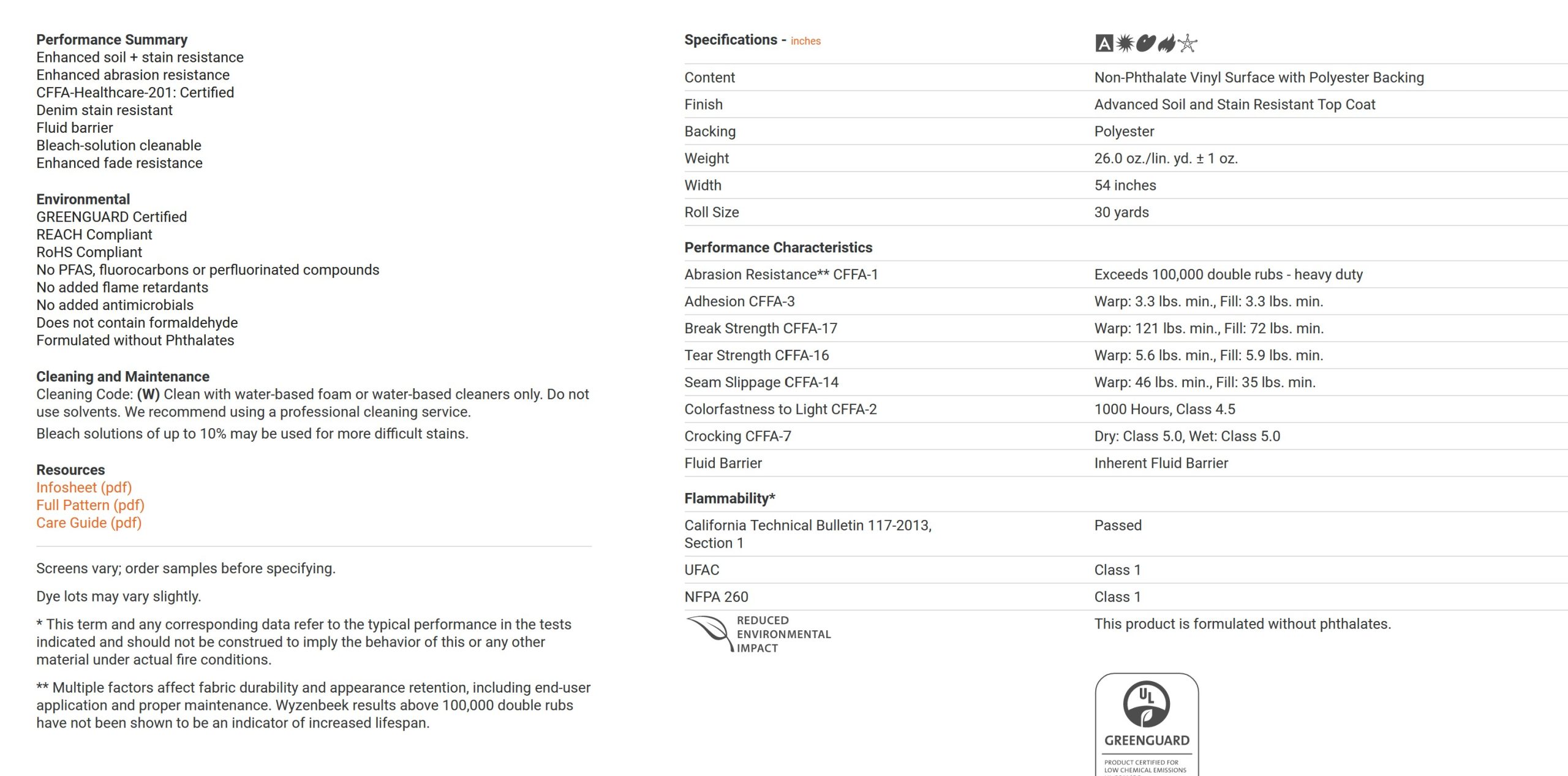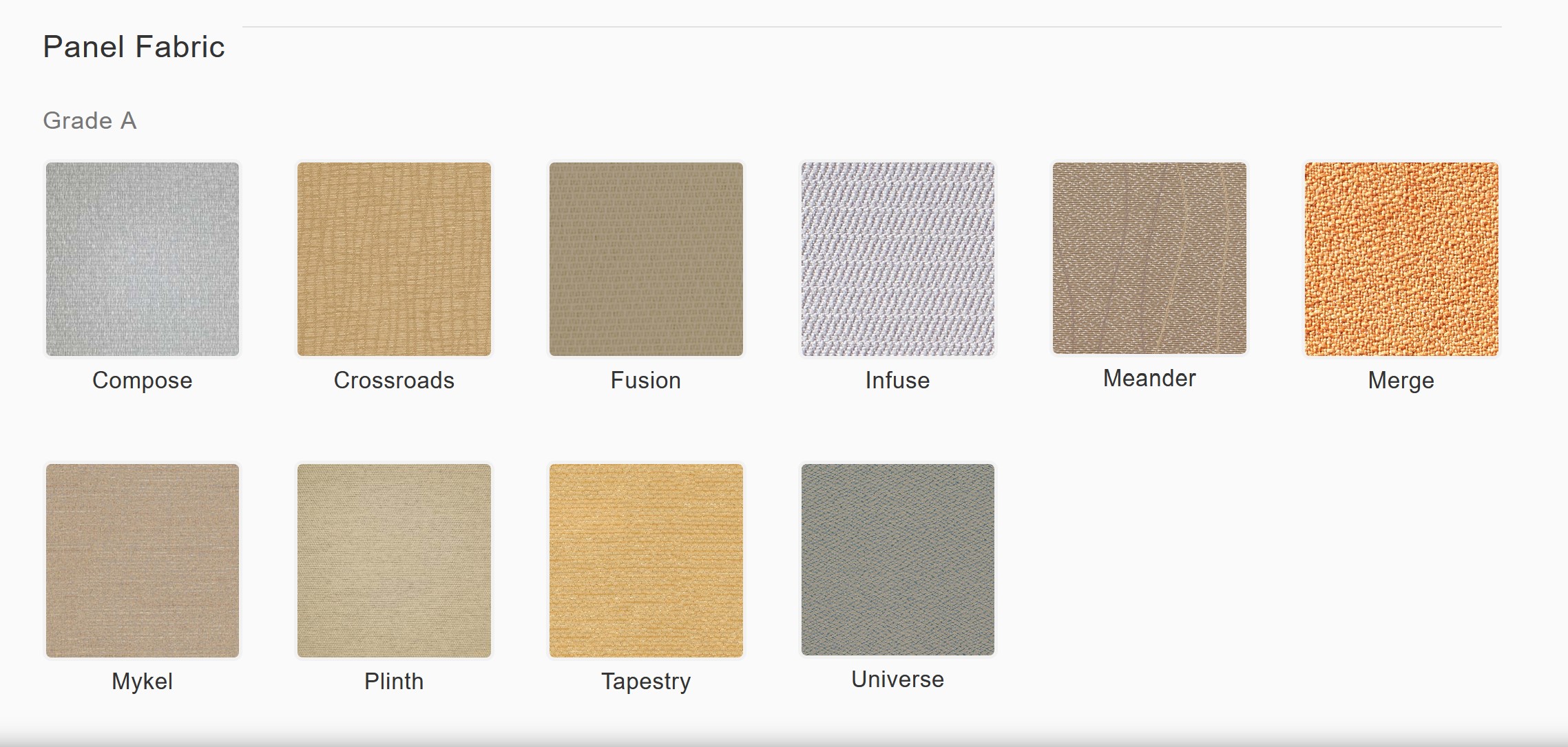Ask any interior designer about the most tedious tasks of the job, and it’s likely he or she will mention ordering furniture in the reply. It can be a long process, as there are many details to specify and confirm before an order is finalized. For example, if you are ordering upholstered furniture, sourcing fabric is another task in itself. It’s important to have a solid understanding of fabric quality and attributes, as well as price point, during the selection process. With this knowledge already under your belt, you will not only cut back time spent down an upholstery rabbit hole, but you will also minimize the risk of order errors and ensure that your client is receiving the best product available for its end use. Keep reading to learn where to start when sourcing fabric for interior design projects.
Interpreting Fabric Attributes
There are millions of different fabric choices on the market, so how do you narrow it down? You can start by reviewing the attributes of fabrics you like, but only if you first understand what these attributes mean. You should be able to find them listed on the specification sheet for the fabric. Pay special attention to the following attributes and how they can affect a fabric’s performance or application:
- Rub Count – referred to as a certain amount of “double rubs” on a specification sheet, rub count indicates how well a fabric resists damage from abrasion. Every fabric is tested by a machine that rubs against it until it becomes worn. The number of rubs that it takes to wear down the fabric are recorded. The higher the rub count, the more resistant to abrasion a fabric will be. It is best to use fabrics with high rub counts in commercial settings where fabrics will be handled frequently by a large volume of traffic.
- Flammability – this indicates how easily a fabric will catch on fire and burn. Fabrics undergo a test where they are placed in contact with a lit cigarette and the results are recorded as an NFPA 260 classification. For furniture, there are 2 classifications: Class I and Class II. Class I is less likely to burn.
- Colorfastness – this indicates how long a fabric swatch will hold its original color. It’s especially important to note this attribute when you are designing for an area with lots of windows or skylights. Fabrics that do have strong colorfastness will fade very quickly.
- Break/Tear Strength – like rub count, the break and tear strength relates to durability. Minimum weights are listed in the specifications for these attributes to indicate how much weight can be placed on a swatch of the fabric before it breaks or tears.
- Chemical Treatments – some fabrics are treated with chemicals to enhance their performance. For example, they may be treated for stain resistance, wrinkle resistance, or as a water repellent. You will want to know if a fabric has any special treatments so that you can easily determine the best application for it. If it doesn’t, you may want to have it treated to preserve the life of the fabric in its original form. For example, you probably don’t want to use a very expensive untreated fabric for a family with three active children under the age of four. For practicality, it would be wise to look at stain-resistant fabrics that can endure a little mischief by tiny hands.
- Care & Maintenance – be sure to check how a fabric should be cleaned and maintained before ordering as well. While this might not sound like a deal-breaker, for some applications, it is. You want to avoid selecting fabrics that are hard to clean and cannot easily be wiped down, especially in commercial settings, where those cleaning and maintaining the fabrics may not always be aware of specific care instructions.

Fabrics are typically accompanied by a specification sheet with detailed information about performance, care and maintenance, flammability, and more.
Understanding the Fabric Grading System
While some big-box stores offer a limited selection of fabric options for furniture, most companies that regularly work with design professionals have a fabric grading system in place. The grading system is a built-in tool provided by companies to you in the right direction when sourcing fabric. You can use it for estimating the price of a fabric, or as a guide to identify which fabrics will be most appropriate for your application.
There is no universal grading system, so be sure to do your research on the company from which you are ordering and clarify the system that they use. This information can usually be found on the company’s website under a “Materials” or “Fabrics” section.
That being said, there is a general rule for how most grading systems work. Each fabric is assigned a letter to indicate quality, performance, and price point. A is the lowest grade, and the letter assignments continue consecutively as the quality and price point increase. For example, a fabric with a grade of A might be an inexpensive polyester that is not very durable for heavy-duty applications, whereas a fabric with a grade of L is probably a very expensive fine leather or high-performing vinyl with stain resistance and other special treatments.
The grading system works in reverse, too. Let’s say you know what price range you need to stay within, but you aren’t sure what fabric to recommend. Identify which grades are in your client’s price range, and use that as a starting point. Some companies have an option to filter fabric choices by grade on their website, so that you can search only for offerings within your price range.

What is COM?
It would be impossible for companies to include every fabric choice on the market in their grading systems. But even if the fabric that you want to use is not graded, you may still be able to use it. Most companies offer an option for COM, which stands for “Customer’s Own Material.” This option will expand your choices significantly and allow you to create truly one-of-a-kind pieces for your clients. But it also means that there are a few extra steps involved.
Because the quality and price points can vary greatly, COM has to be quoted individually on a case-by-case basis. It must be sent in for testing and approved by the company before an order can be placed. If your client is in a hurry to receive furniture, it’s important to note that this process can extend lead times.
When you sign up for a 4Dbiz account, you can easily order fabrics from our premiere fabric vendor, Covington Fabric & Design. It includes access to stock dealer pricing, with a 55% discount.
Sign up today for exclusive trade discounts from all our premiere vendors.

